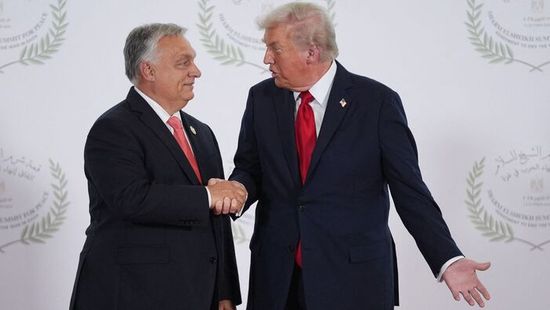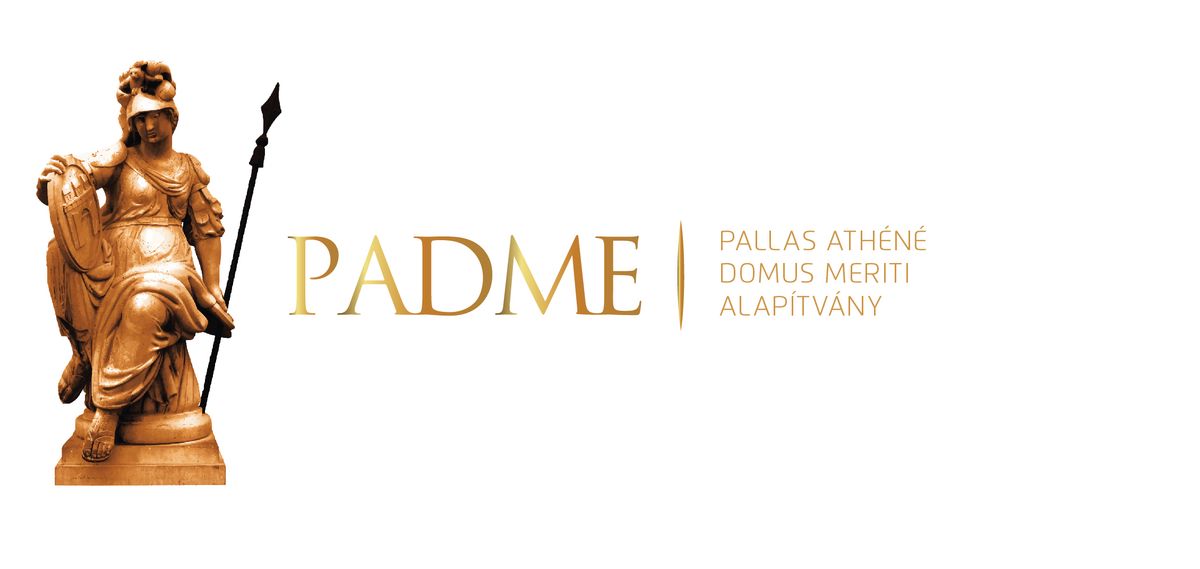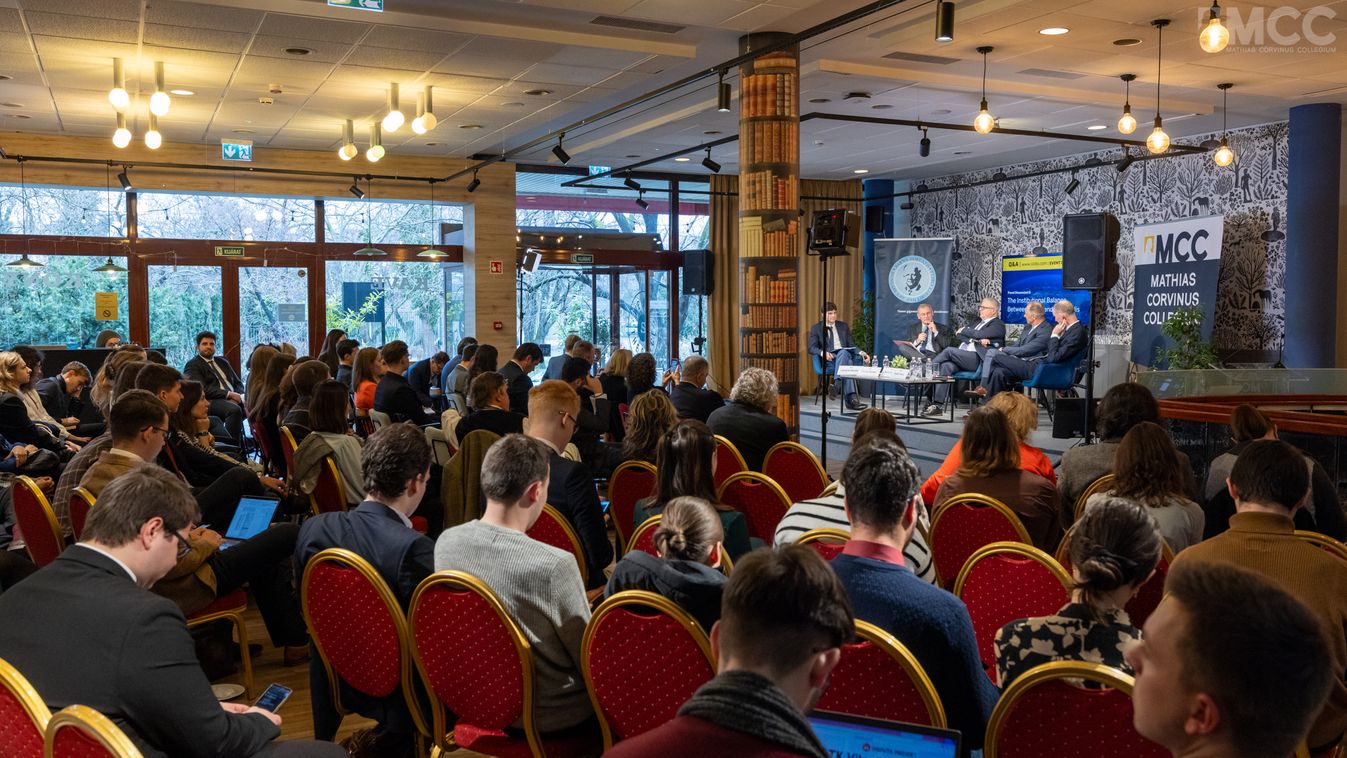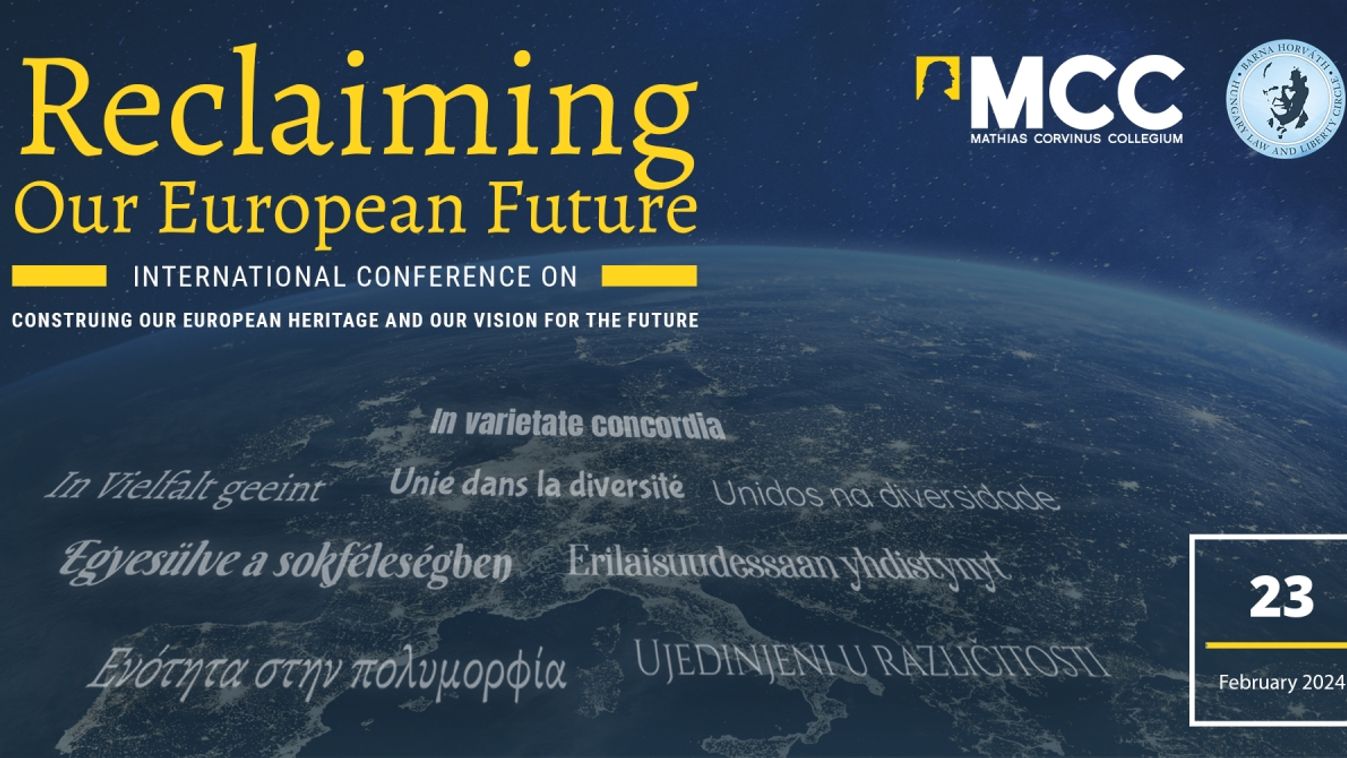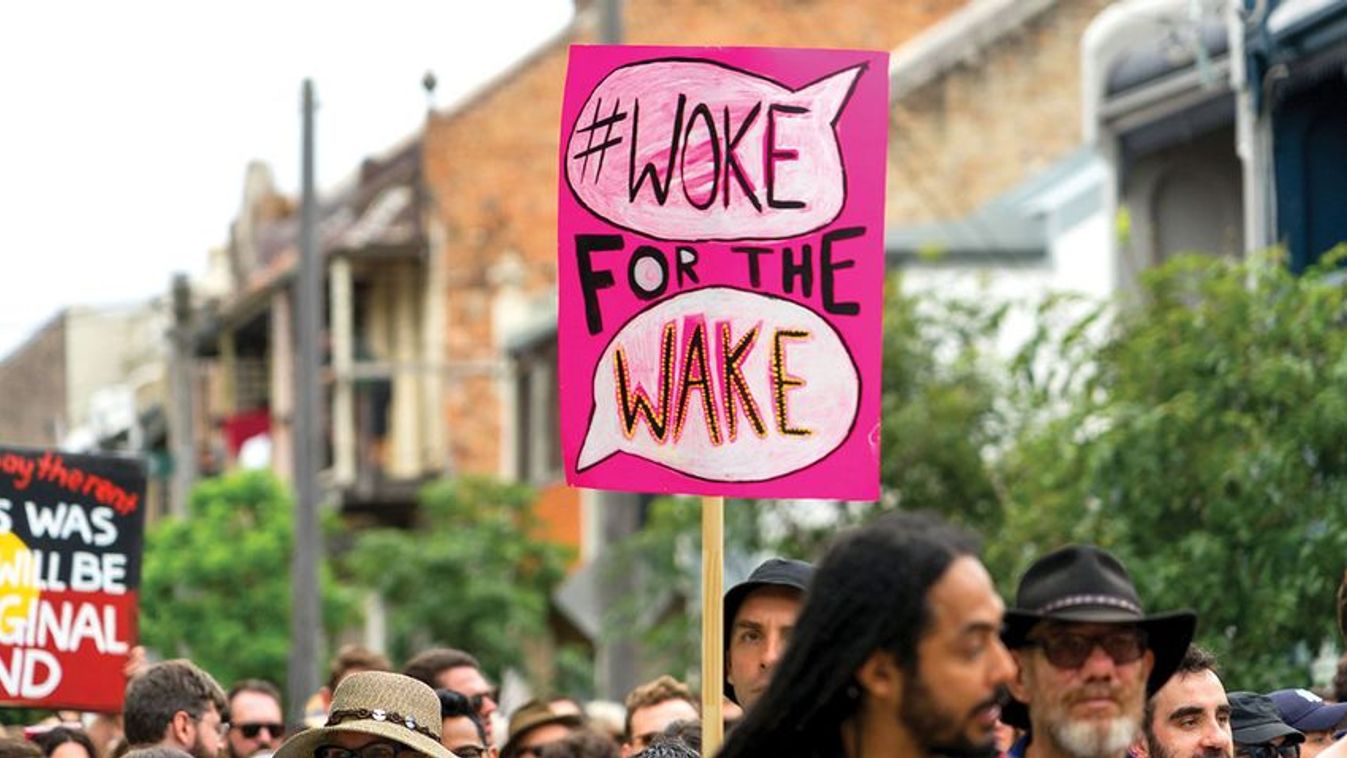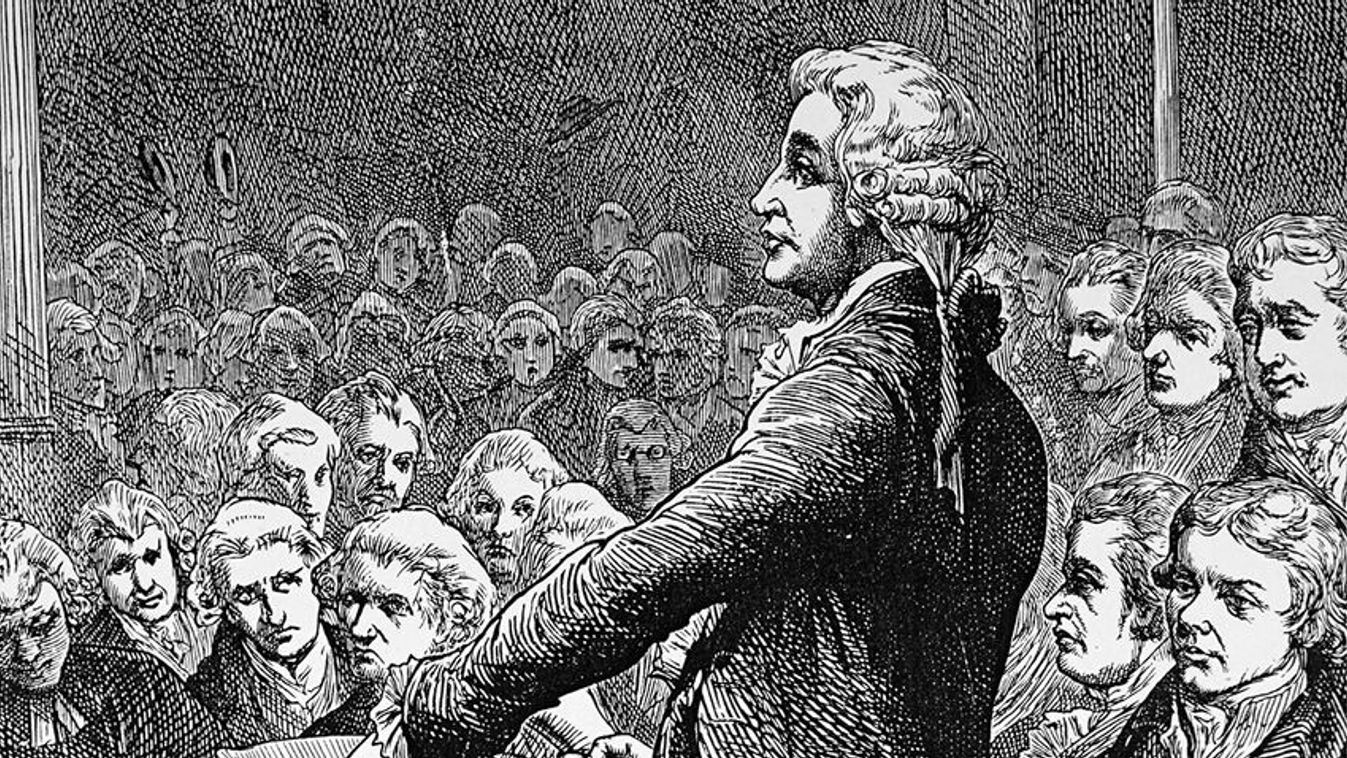American conservatism must start with the Founders’ vision of natural rights and natural law set down in the Declaration of Independence. After 40 years of work by the Claremont Institute and some other important institutions, we have made great progress in convincing American conservatives of this, but there is much work left to be done. The natural rights in the Declaration, life, liberty, and the pursuit of happiness, along with many others implied by that document and found in the Constitution—rights to property, religious freedom, to keep and bear arms, etc.—are also “human” rights as we have come to call them in modern times. But these natural rights are to be distinguished from the many additional “human” rights listed in the UN Declaration of Human Rights. While we think healthcare, housing, freedom from poverty, etc. are important goods, we do not think they are “rights” properly understood.
The policies of President Trump and its administration broke with the conception and policy views of earlier conservative Presidents in many respects. Is it fair to say that the Trump presidency revitalized conservativism or does his presidency represent a new way of thinking? A lot of people use the word populism – although he never said that his movement is populist. Can it be justified in the framework of conservativism?
Through policies, judicial appointments, and regulatory reform, President Trump has run the most conservative administration in the post-World War II period. In many ways he represents a return to an older vision of governing from the Republican Party’s past, when it dominated American politics from the 1880s through the 1920s. That older conservatism and Republicanism, which Trump has revived, favored an immigration policy that was more restrictionist and focused on assimilation and the importance of patriotic citizenship; had a more realistic and modest foreign policy; and passed trade policies that first and foremost looked to the health of the middle and working classes (the backbone of any healthy republic) rather than merely national GDP or abstractions like “free trade.”
One of the most influential policies of Donald Trump has been its “judicial politics”. In cooperation with the Senate, he managed to fill up vacancies in the federal judiciary including the Supreme Court with judges, justices who interpret the law with an “originalist” mindset. What could be the long term effects of these nominations in light of the challenges of the separation of powers, both in vertical and horizontal senses in America?
President Trump’s extraordinary success in re-populating the American judiciary with originalists will have longstanding effects. Trump had appointed 53 appeals court judges as of July, many more than any of his recent predecessors in their first term (Jimmy Carter is the only president in competition for more appeals court judges). His three appointments of Supreme Court justices means that the Supreme Court will have a conservative or originalist leaning for many years to come. We should expect to see more protections from the judiciary of religious liberty, as well as a reigning in of the bureaucracy’s ability to make law and the opening up of more space for federalism and state action and a retrenchment of the national government’s powers. But, at the end of the day, the judiciary will not save American government from lawlessness, arbitrariness, and creeping tyranny—that job is up to the American people operating through their elected representatives in Congress and the Presidency.
